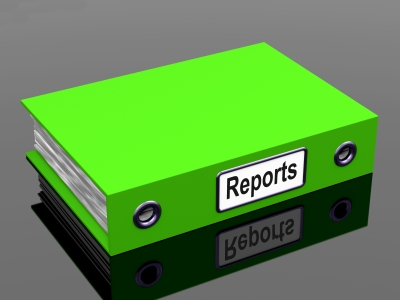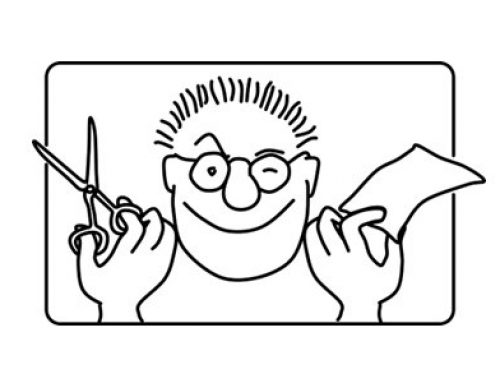 By Sara Rapini (Customer Impact editor)
By Sara Rapini (Customer Impact editor)
Last week, a mystery shopper for Customer Impact asked me an excellent question in response to my advice regarding her shop. I had advised her to be keep her report concise and to the point after she submitted an extremely long report. This shopper had performed a fine dining shop which is lengthy by nature; however, nobody wants to read a book about your visit, not even the client, especially when it is filled with unnecessary detail. Everyone is limited on time, so we advise shoppers to use the sample comments as a guide to exactly how long the report should be. Obviously, this will vary, particularly if the shopper had an unusual or poor shopping experience.
The mystery shopper replied asking how exactly she could write a shorter report. She expressed dismay that many mystery shopping companies kept telling her the same thing (that her reports were too long), but no one told her how to shorten them while retaining all the important content. As a Customer Impact editor, I love it when shoppers ask for advice about how to improve because it means they are taking our comments as constructive criticism and want to get better at mystery shopping (which also makes our job much easier). I found this question so much harder to answer than to just “do.” It’s easy to cut a report down when you know what you are looking for, but it is hard to explain what is not necessary. After sitting and thinking about it, I’ve come up with a few ways for shoppers to keep their reports clear, concise, and to the point while still maintaining the level of detail necessary for certain shops
- Keep in mind what shop you are doing, and read the sample comments. If you are shopping a convenience store, you don’t need to write a book because your visit is probably less than 15 minutes. Look at the sample comments and try to find the main points they are highlighting. If you are doing a fine dining, expect to have many more details since your shop will be much longer.
- Give us a step-by-step of the service, not your movements. We don’t need to know what you ate first or what you and your companion talked about. Unless it applies to one of the standards the employee missed or some unusual event, these details are just unnecessary.
- Keep the direct quotes minimal. While it’s perfectly fine to use direct quotes, if you try to use them for the entire report, you are making way too much work for yourself (and us). Try to use them only occasionally, specifically when they are important to answering a No question or an unusual event.
- Keep in mind there are only seven main points of a Service Section for restaurant shops: How you were greeted, how drinks were ordered and delivered, how the appetizer was ordered and delivered, how the entrees were ordered delivered, how the server checked back on you, how the desserts were ordered and delivered, and then how the check was handled. Of course you can (and should) include a few comments on the employee’s attitude, but try to stick to those seven points as the bulk.
- Cut out your answers to the employee’s questions. For example, “Charlene asked how we were doing today. We said we were doing great.” While we are happy you are doing great, we do not need to know this. Unless your answer to the employee’s question needs to be mentioned because of a service problem or unusual event, leave it out. (An example: “Charlene asked if I would like tomatoes on my sandwich, and I said that I would. However, when my sandwich arrived, it did not have any tomatoes.”
- Remember that reports should be fact-based. Opinions do not belong in a report unless they are specifically requested in a section (e.g. overall sections where they ask what you liked best and least). If you don’t like the carpets, you can constructively explain that the carpets appeared drab or clashed with the décor, but we do not need a two paragraph rant or ramble.
Since this an article about being brief, I feel that these six points should serve you well. Like anything else, mystery shopping takes practice! You WILL get better at it if you follow the editor’s advice and also use the sample comments. Remember that you can always reply to our finalizing e-mails if you need clarification or just some extra help. The Customer Impact editors are here to help you get perfect 10’s on all of your reports, so use us! For any expert mystery shoppers out there, feel free to comment and leave your own tips!
Featured Image by: FreeDigitalPhotos






